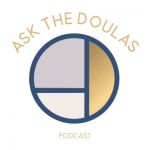Podcast Episode #64: Pediatric Dentistry and Speech Therapy
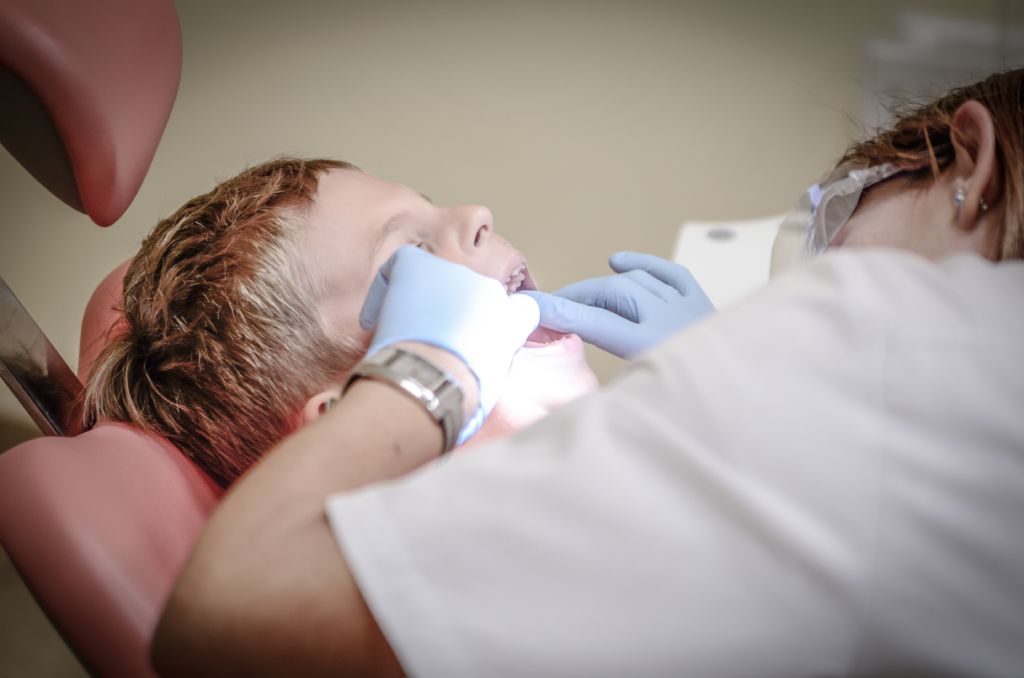
What do tongue ties, lip ties, oral aversions, and picky eaters have in common? Everything! Listen as two experts talk about how pediatric dentistry and speech therapy are both helping parents discover ways to help their children. You can listen to this complete podcast on iTunes or SoundCloud. Alyssa: Welcome to Ask the Doulas. I […]
Podcast Episode #63: What is a Speech Therapist?
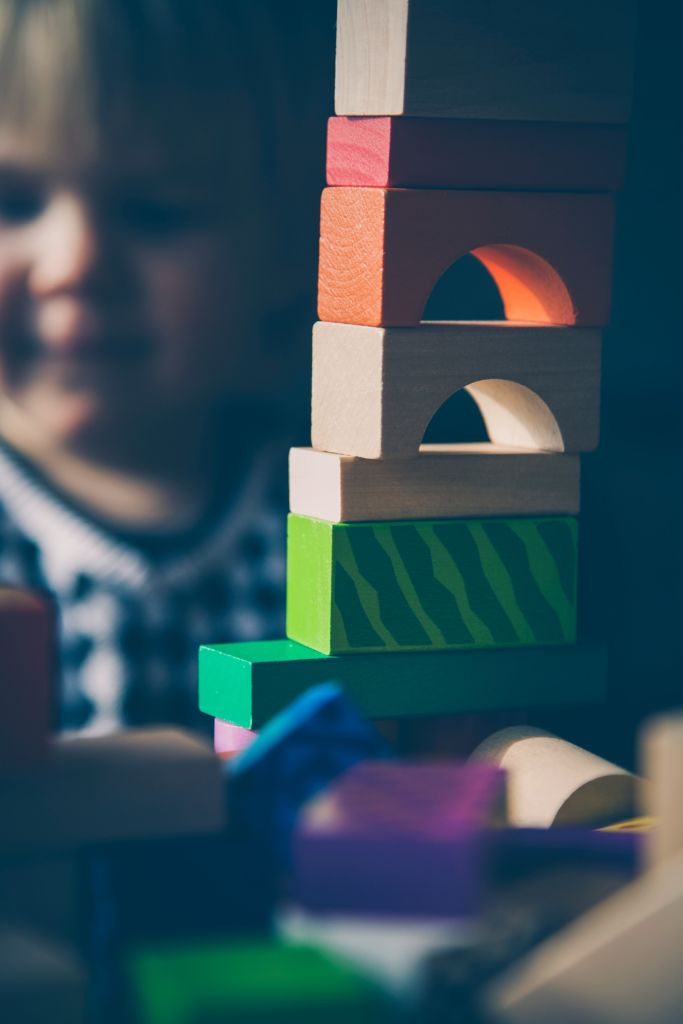
We’ve all heard of a speech therapist but what do they actually do? In this episode, Courtney Joesel of Building Blocks Therapy Services tells us how speech and language services can benefit a child and why, if you notice signs of speech delay, it’s important to have your child seen earlier rather than later. She […]
Podcast Episode #62: Newborn Traumas

What is birth trauma and do all babies experience it? How can you remedy it? Dr. Annie and Dr. Rachel of Rise Wellness Chiropractic give us several examples of common birth traumas, what they mean, and how chiropractic care can help. You can listen to this complete podcast episode on iTunes or SoundCloud. Kristin: Welcome […]
Podcast Episode #61: Postpartum Wellness
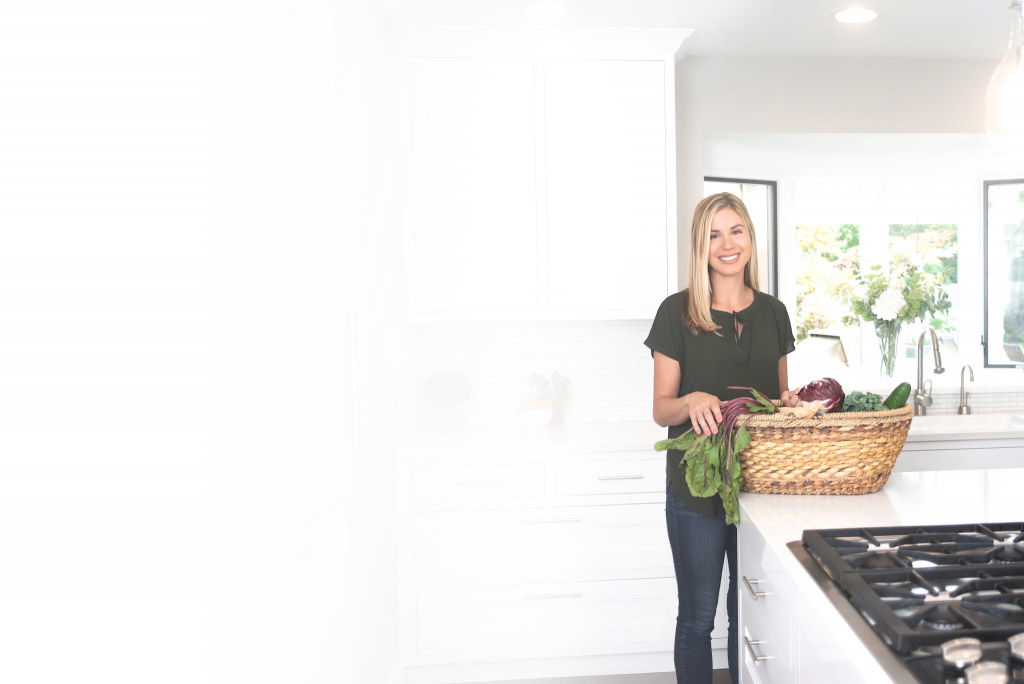
Dr. Erica of Root Functional Medicine gives moms some tips about staying healthy through pregnancy and into the postpartum period. We also talk about her upcoming Postpartum Wellness class on March 7. You can listen to this complete podcast episode on iTunes or SoundCloud. This podcast episode is sponsored by LifeFuel, providing healthy meal delivery […]
Podcast Episode #60: A Naturopath’s Perspective on Pregnancy and Depression
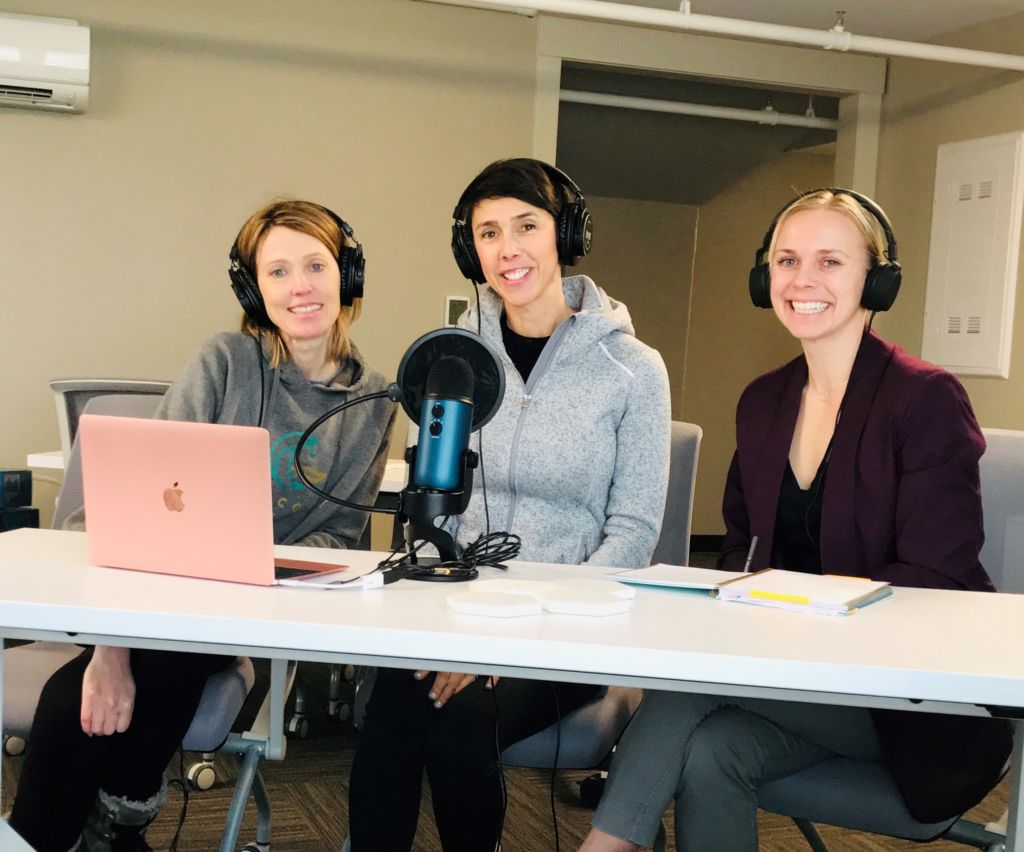
Doctor Janna Hibler, ND talks to Alyssa and Kristin about how a naturopathic doctor treats pregnant and postpartum women, body and mind. You can listen to this complete podcast episode on iTunes and SoundCloud. Alyssa: Hello, welcome to Ask the Doulas podcast. I am Alyssa Veneklase, co-owner of Gold Coast Doulas, and I am here […]
Podcast Episode #59: Healthy Living For Preconception, Pregnancy, and Beyond

Laura from Real Food Wellness talks with us today about how she helps women through preconception, pregnancy, and postpartum with healthy living, mind and body. You can listen to this complete podcast episode on iTunes or SoundCloud. Kristin: Welcome to Ask the Doulas with Gold Coast Doulas. I’m Kristin, and today, we have […]
Podcast Episode #58: Sleep Misconceptions
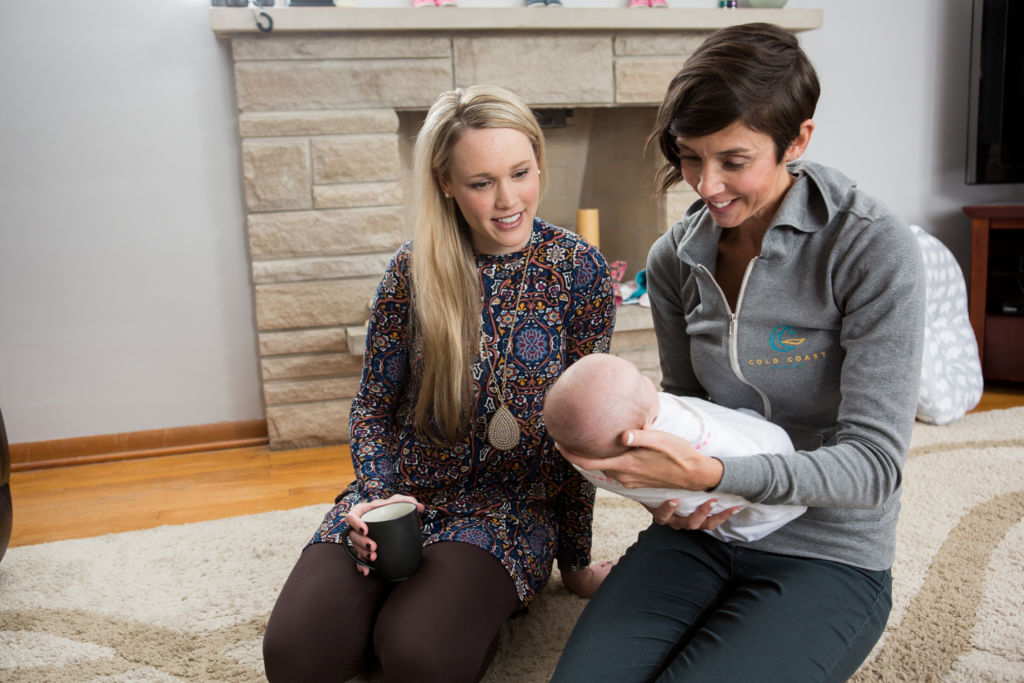
Gentle Sleep Consultant, Alyssa Veneklase, talks about the most common misconceptions around sleep training. If your baby sleeps through the night will your milk supply dry up? Can a baby really self-soothe? Will my baby feel abandoned? You can listen to this complete podcast on iTunes or SoundCloud. Kristin: Welcome to Ask the Doulas with […]
Podcast Episode #57: Sleep Consultations
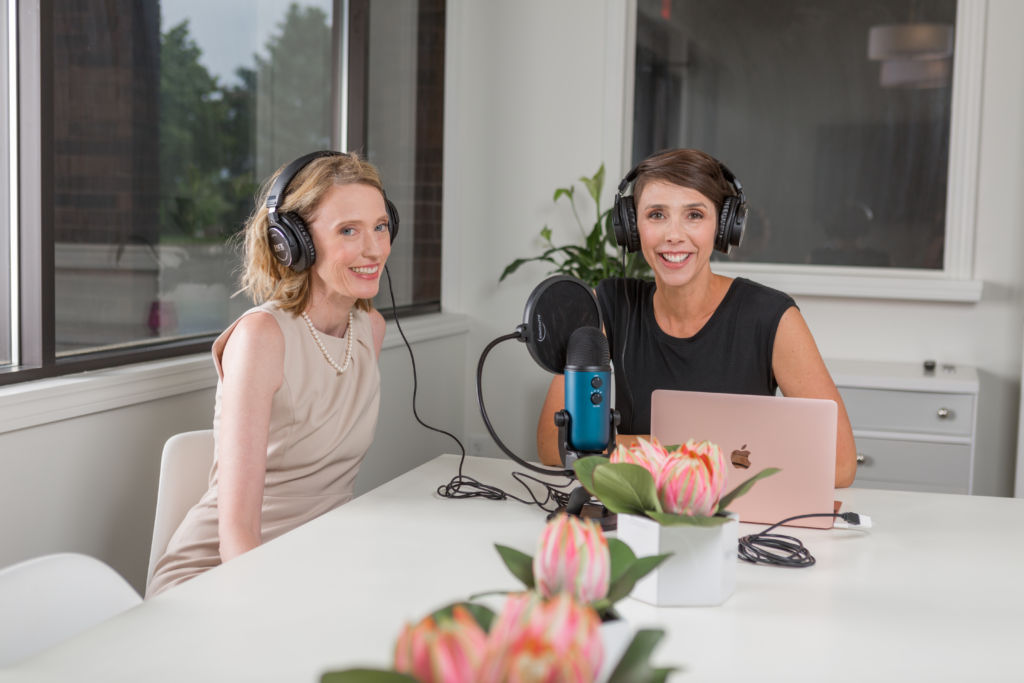
Today we talk to Co-Owner of Gold Coast Doulas, Alyssa Veneklase, about sleep consultations. She talks about some common misconceptions and why her consultations are different. She says each sleep plan is unique and based on the individual family’s goals. Who knew you could still breastfeed and co-sleep if you want, all while getting […]
Podcast Episode #56: Traveling Postpartum Doulas
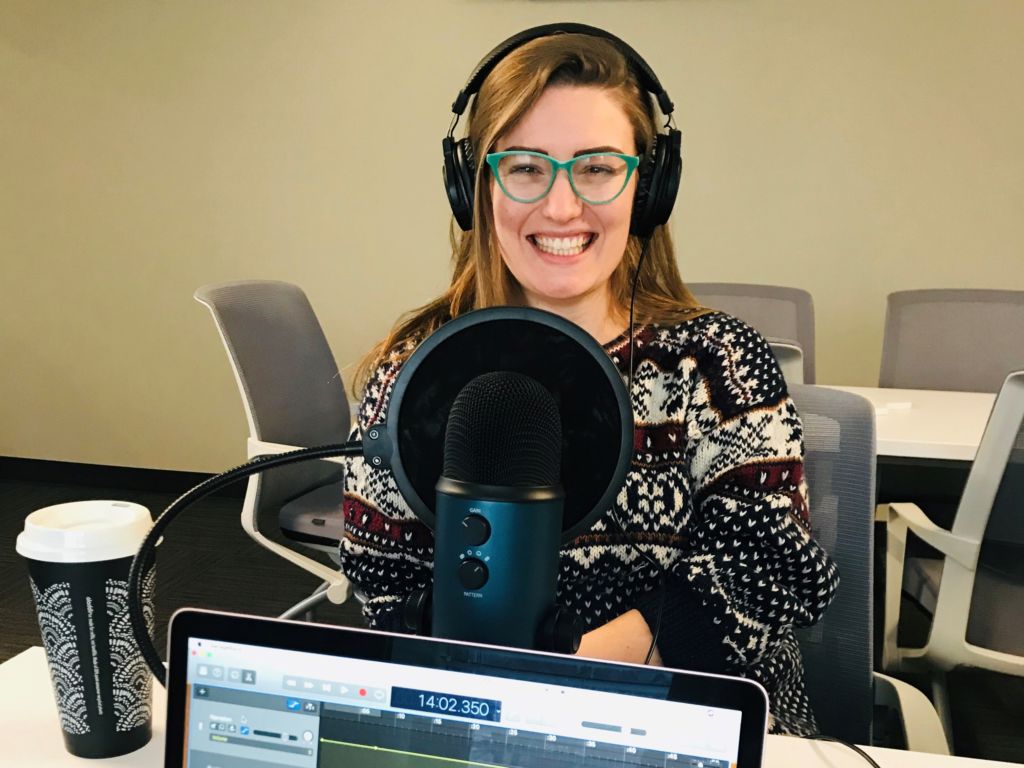
Will a postpartum doula travel? Yes, at Gold Coast they do! Today we talk to Kelsey Dean, a Certified Birth and Postpartum Doula, about her experience in California and in Michigan traveling with families as a postpartum doula and what that looks like. You can listen to this complete podcast episode on iTunes or […]
Podcast Episode #55: What Sets Gold Coast Doulas Apart?
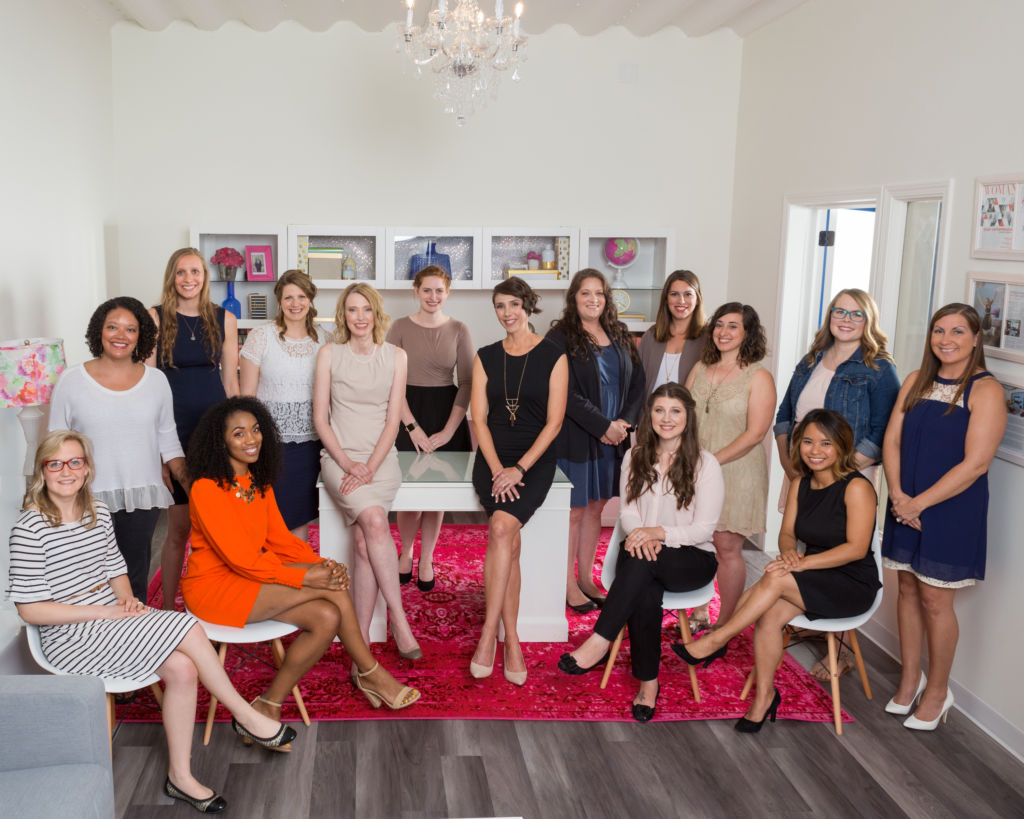
What sets Gold Coast Doulas apart? Today Dr. Rachel of Rise Wellness asks us why she should refer her clients to us. She already knows she loves us, but why should everyone else? You can listen to this complete podcast on iTunes or SoundCloud. Kristin: Welcome to Ask the Doulas with Gold Coast Doulas. […]
Podcast Episode #54: What to Pack in your Birth Bag

Today Alyssa and Kristin talk to Dr. Rachel of Rise Wellness about what she packed in her birth bag. It’s one of the most common questions we are asked by birth clients. Find out what to bring and what you can leave at home! You can listen to this complete podcast episode on iTunes […]
Podcast Episode #53: Ashley’s Story – Why I Became a Doula
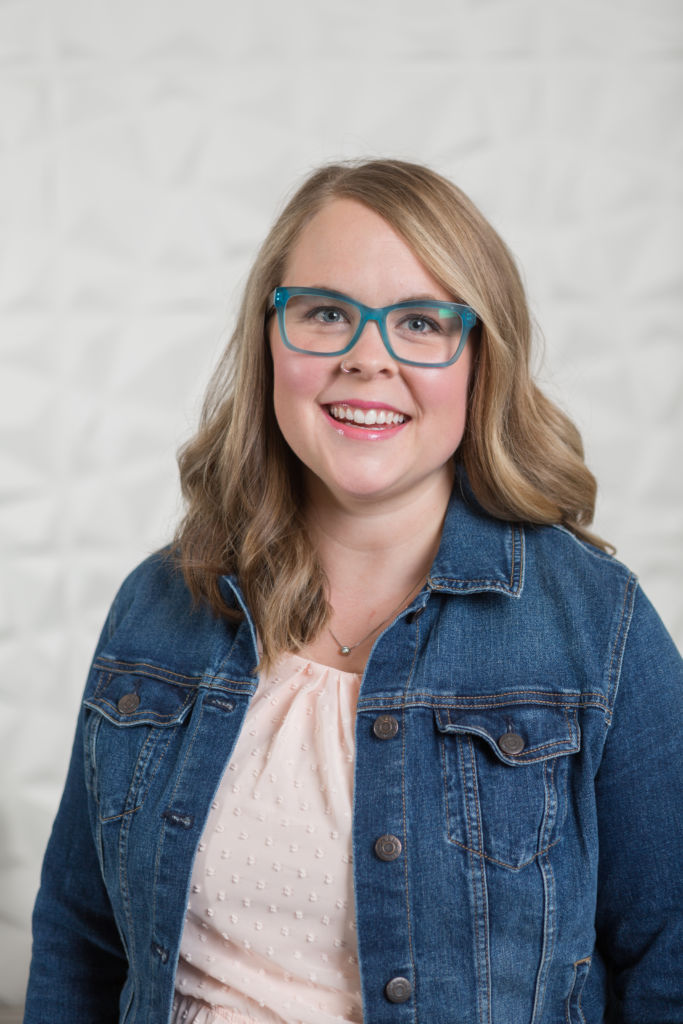
Today Ashley Forton, Certified Birth Doula and HypnoBirthing Instructor, talks about why she became a doula and different ways a doula can support a pregnancy. She tells us what a gentle cesarean looks like and why she, as a doula herself, hired a doula for her third child. You can listen to this complete […]
Podcast Episode #52: Meal Planning for Busy Parents
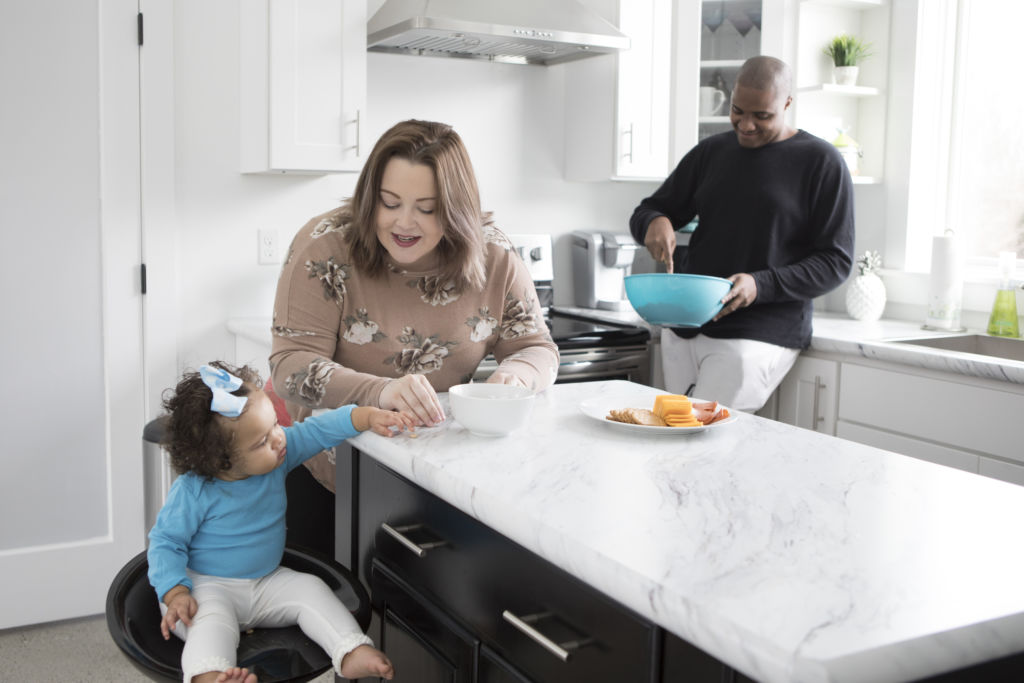
Ever wondered about all those meal delivery services? Are they worth the money? Will they save you time and money? Today we talk to Carrie, a client who uses a local meal delivery service, and Genevieve, the owner of Life Fuel. You can listen to this complete podcast on iTunes or SoundCloud. Alyssa: Hello, […]
Podcast Episode #51: Carrie’s Birth and Postpartum Story
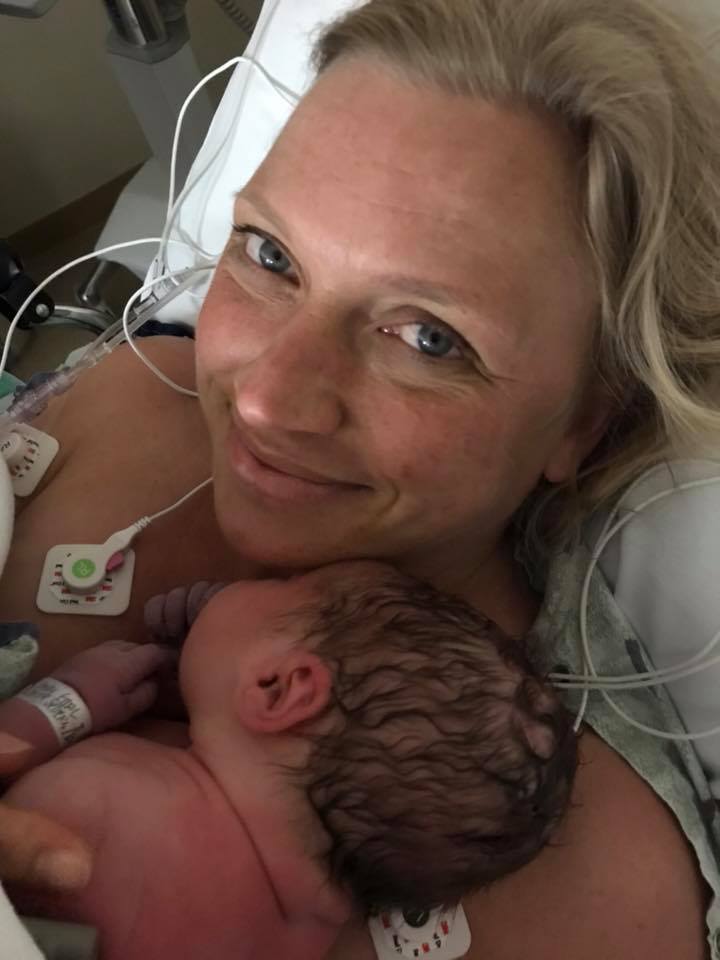
One of our clients describes her pregnancy, labor, and delivery and how having birth and postpartum doula support saved her sanity. You can listen to this complete podcast on iTunes or SoundCloud. Alyssa: Hello! Welcome to another episode of Ask the Doulas. I am Alyssa, and I’m super excited to be talking to one […]
Podcast Episode #50: Kids Eating Healthy
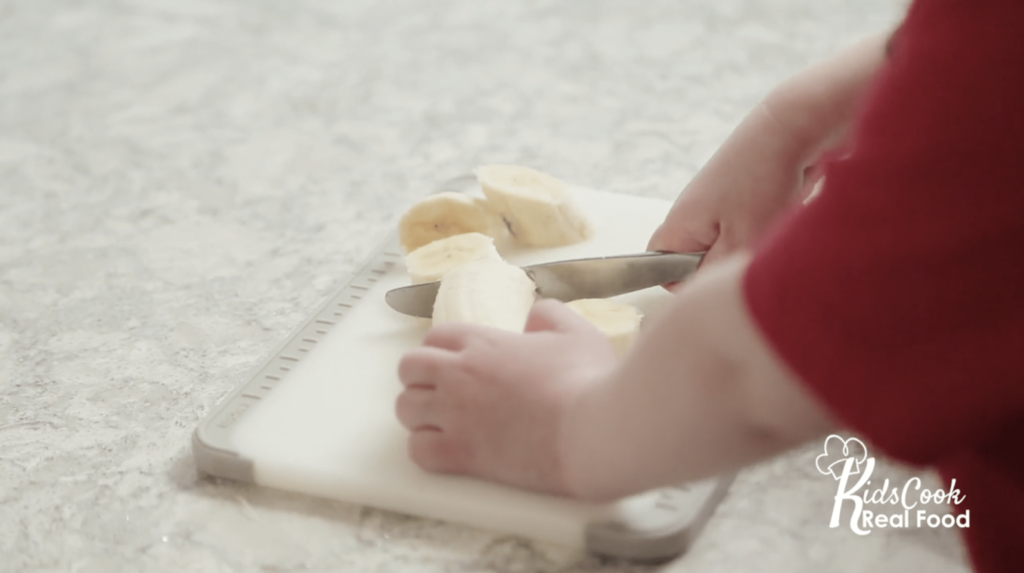
Today Katie Kimball of Kitchen Stewardship and Kids Cook Real Food tells us how to start our babies and get our toddlers eating healthy food. Don’t forget her free download – 10 Snacks your Preschooler Can Make Today! You can listen to this complete podcast episode on iTunes or SoundCloud. Alyssa: Hello! Welcome to […]
Podcast Episode #49: Adjusting Babies
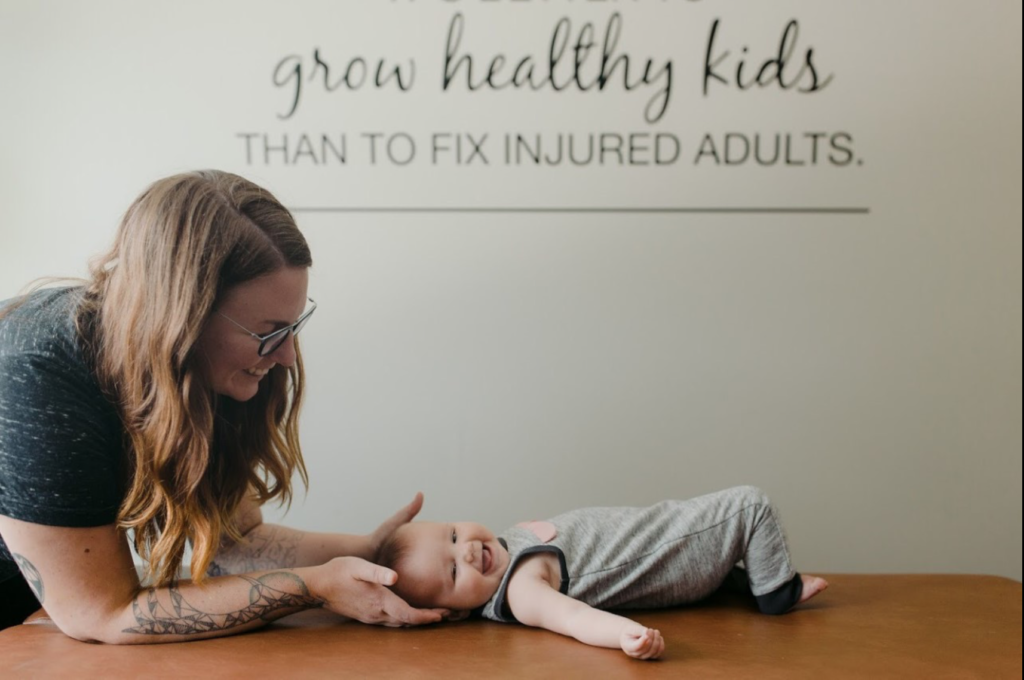
Do babies really need a chiropractic adjustment? Listen to Dr. Annie of Rise Wellness explain what happens to a baby’s body during pregnancy and delivery and how gentle methods can be extremely effective. You can listen to this complete podcast episode on iTunes or Soundcloud. .. Alyssa: Hi, welcome back to another episode of […]
Podcast Episode #48: Bri’s Postpartum Story
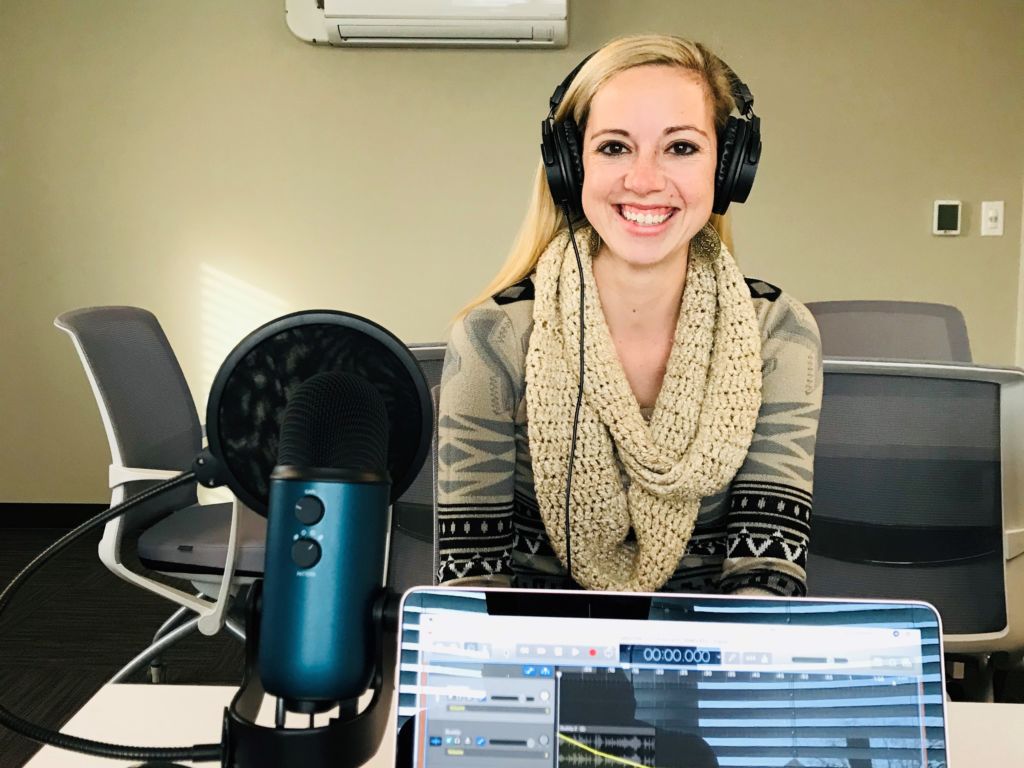
In this episode our dear friend, Bri Luginbill of BetterBodyImageConference.com tells us about her struggle with depression and anxiety before, during, and after pregnancy. You can listen to this complete podcast episode on iTunes or SoundCloud. Alyssa: Welcome to another episode of Ask the Doulas. I’m Alyssa, and today I’m so excited to be talking […]
Podcast Episode #47: How to be a Mompreneur
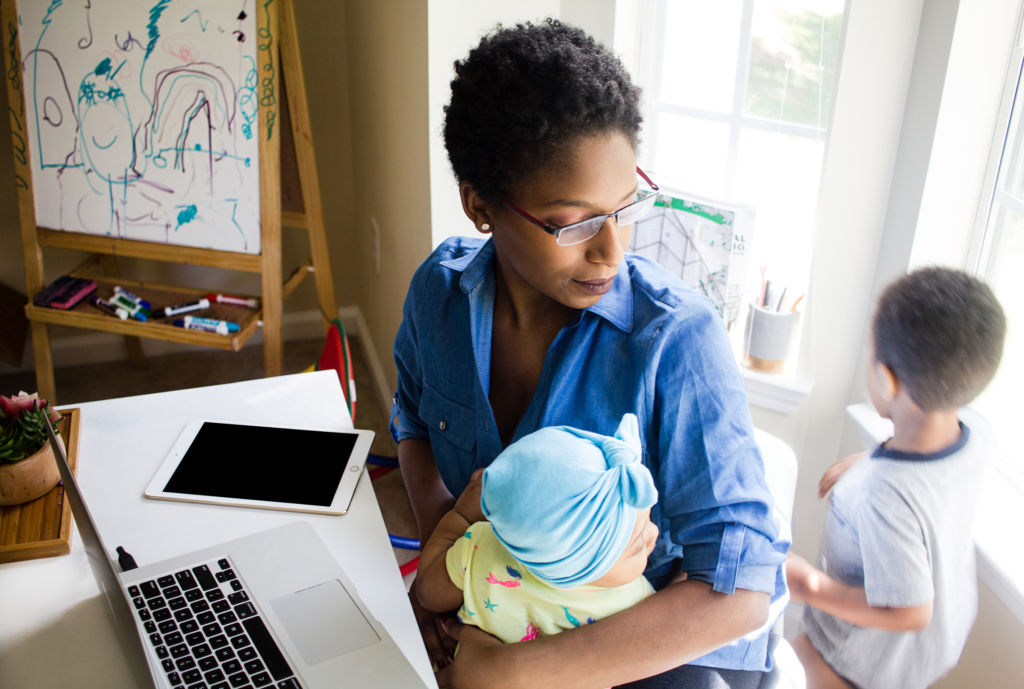
Alyssa and Cindy have a thoughtful conversation about what it’s really like to be mother and entrepreneur. Setting realistic expectations and learning to be intentional with your time as a business owner and a mom is important. Listen to see if they have tips for you! You can listen to this complete podcast episode on […]
Podcast Episode #46: Plant-Based Diet
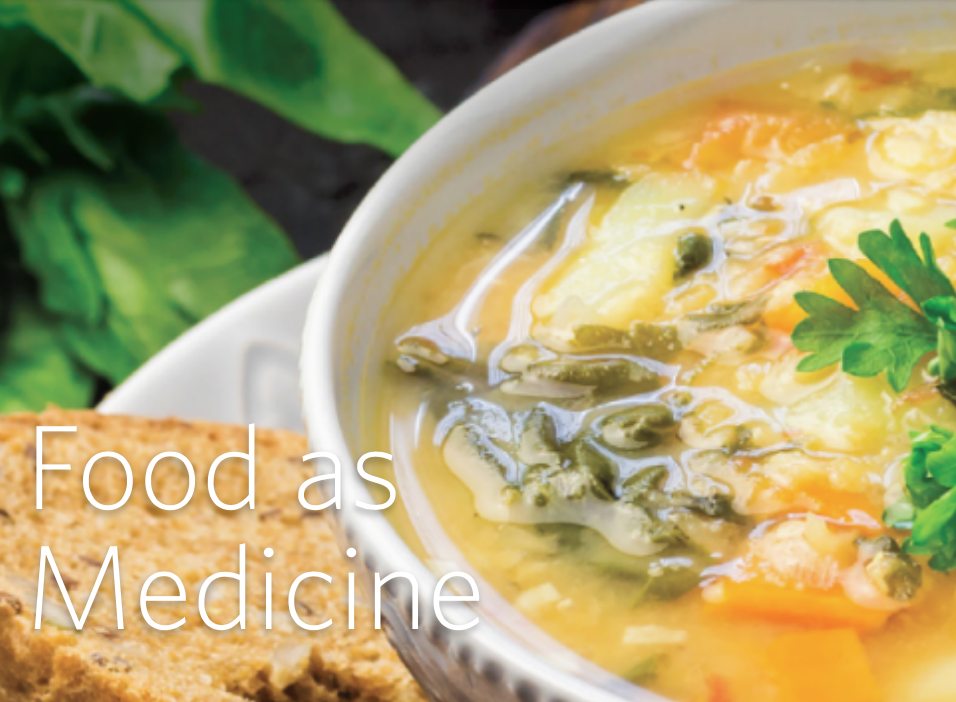
Today we talk to Dr. Kristi Artz, the medical director for Lifestyle Medicine at Spectrum Health in Grand Rapids. She is also the lead physician of the culinary medicine program and talks to us today about what a plant-based diet is and how it can work for your family. You can listen to this complete […]
Podcast Episode #45: Babywearing
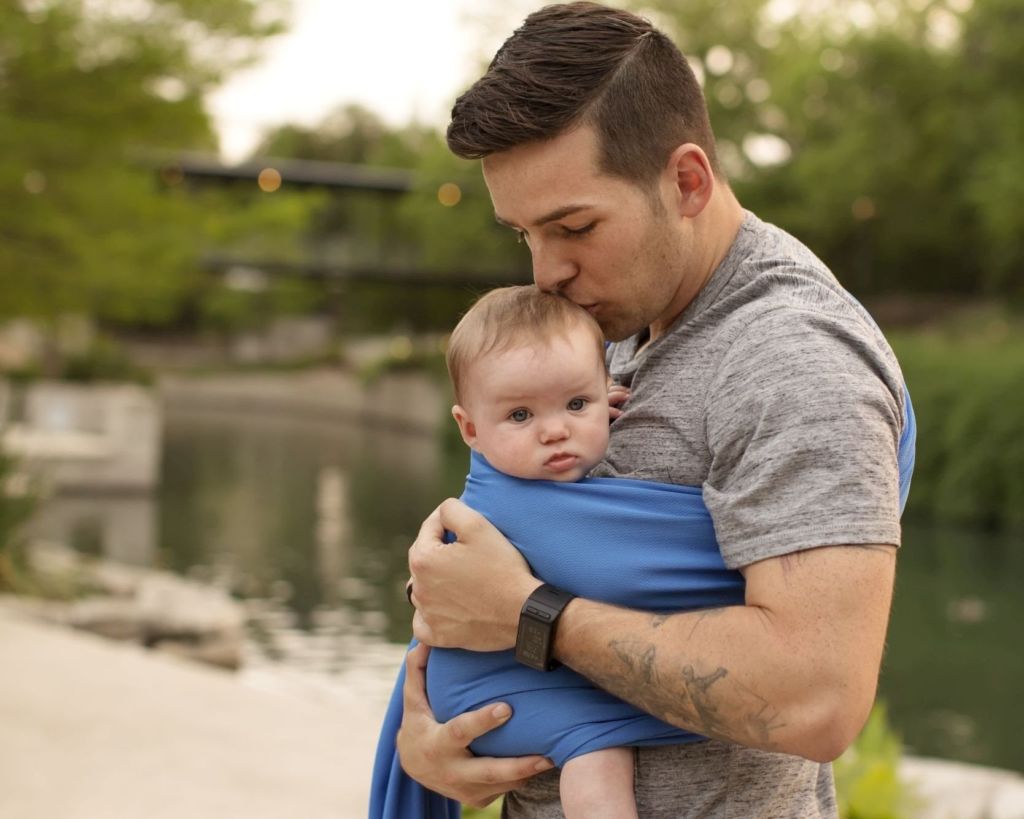
What are the best baby carriers and wraps? Can you wear twins? Today we talk to babywearing expert Marissa Berghorst, owner of EcoBuns Baby + Co in Holland, Michigan. You can catch this complete podcast episode on iTunes and SoundCloud. Alyssa: Hello again! Welcome back to Ask the Doulas. I am Alyssa Veneklase, co-owner and […]
Podcast Episode #44: Kids and Sex
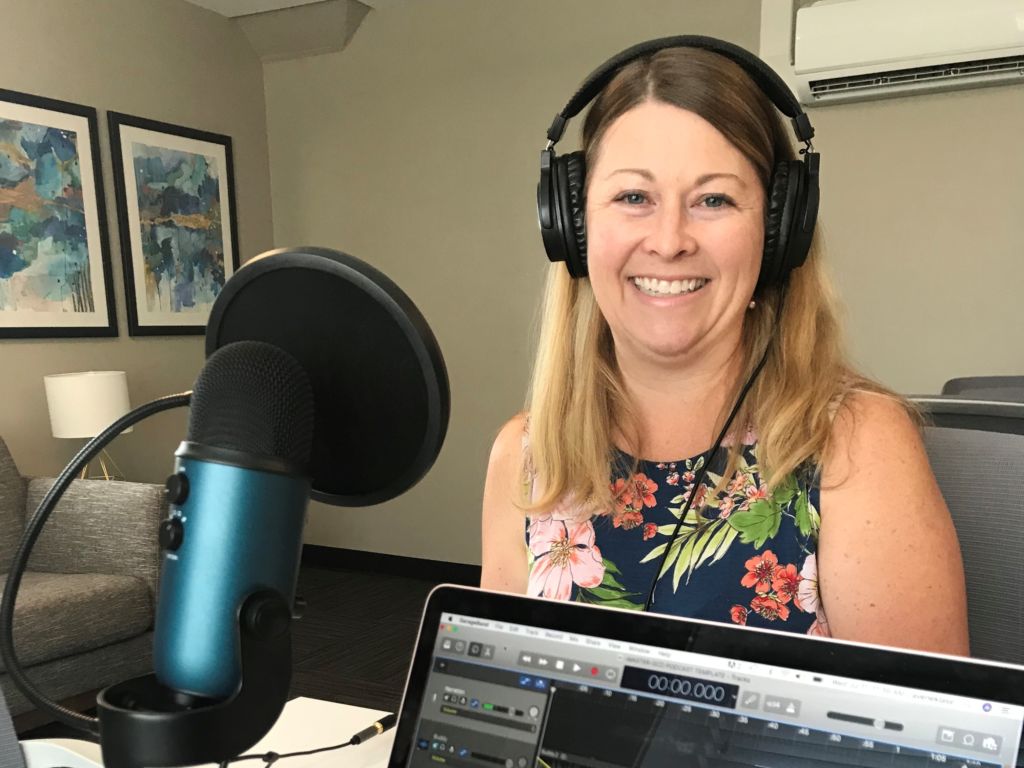
Today we talk about sex. How do you discuss it with your kids? What’s age appropriate? How much is too much information? Cindy, a former PA, gives us some good advice on how and where to start the conversation with your kids. You can listen to this complete podcast episode on iTunes or SoundCloud. Alyssa: […]
Podcast Episode #43: Empathy in Healthcare
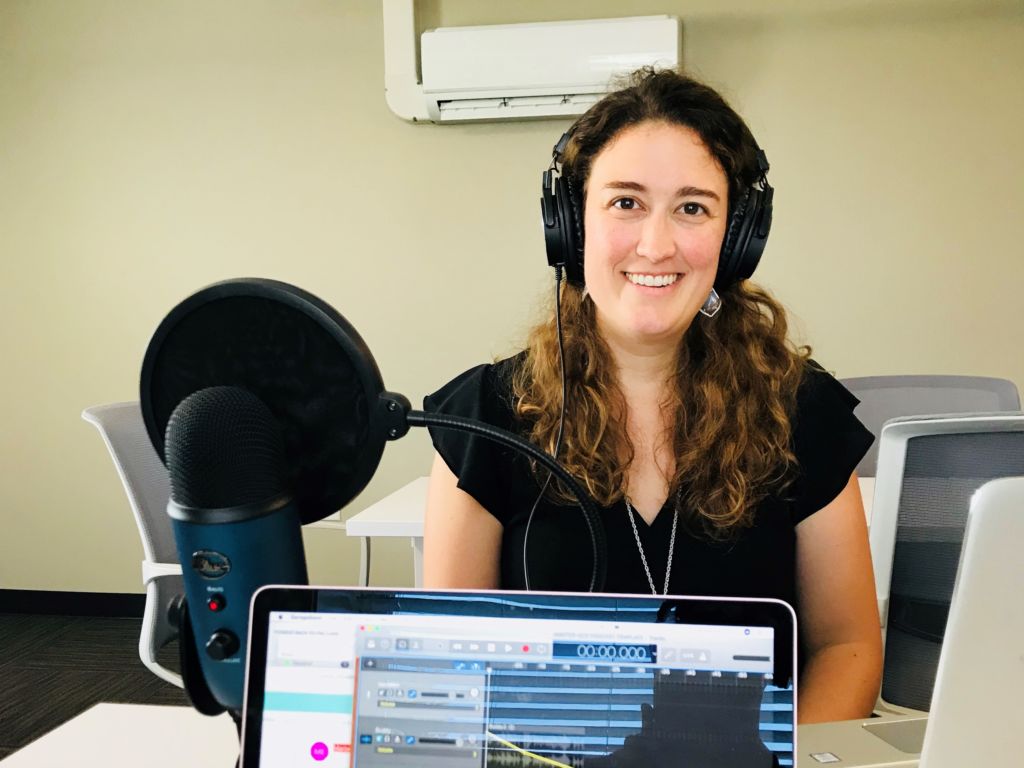
What should empathy in health care look like? Why do parents so often have negative experiences with their health care providers? Today we talk to Martelle of Mothership about empathy training and what her website provides for new parents. You can listen to this complete podcast episode on iTunes or SoundCloud. Alyssa: Hello and welcome […]
Podcast Episode #42: Building Your Birth Team

What should your birth team look like? What kinds of questions do you need to ask and who should you be talking to when you find out you’re pregnant? We answer these questions and more on today’s podcast with Rise Wellness Chiropractic. You can listen to this complete podcast episode on iTunes or SoundCloud. […]
Podcast Episode #41: Nutrition and Kids

Today we talk to David Fisher again. He is a dietician and helps plan nutritious meals for LifeFuel in Grand Rapids. We asked him to give us some pointers specifically related to children and getting them to eat healthily. You can listen to this complete podcast episode on iTunes or SoundCloud. Alyssa: Hello. Welcome […]

